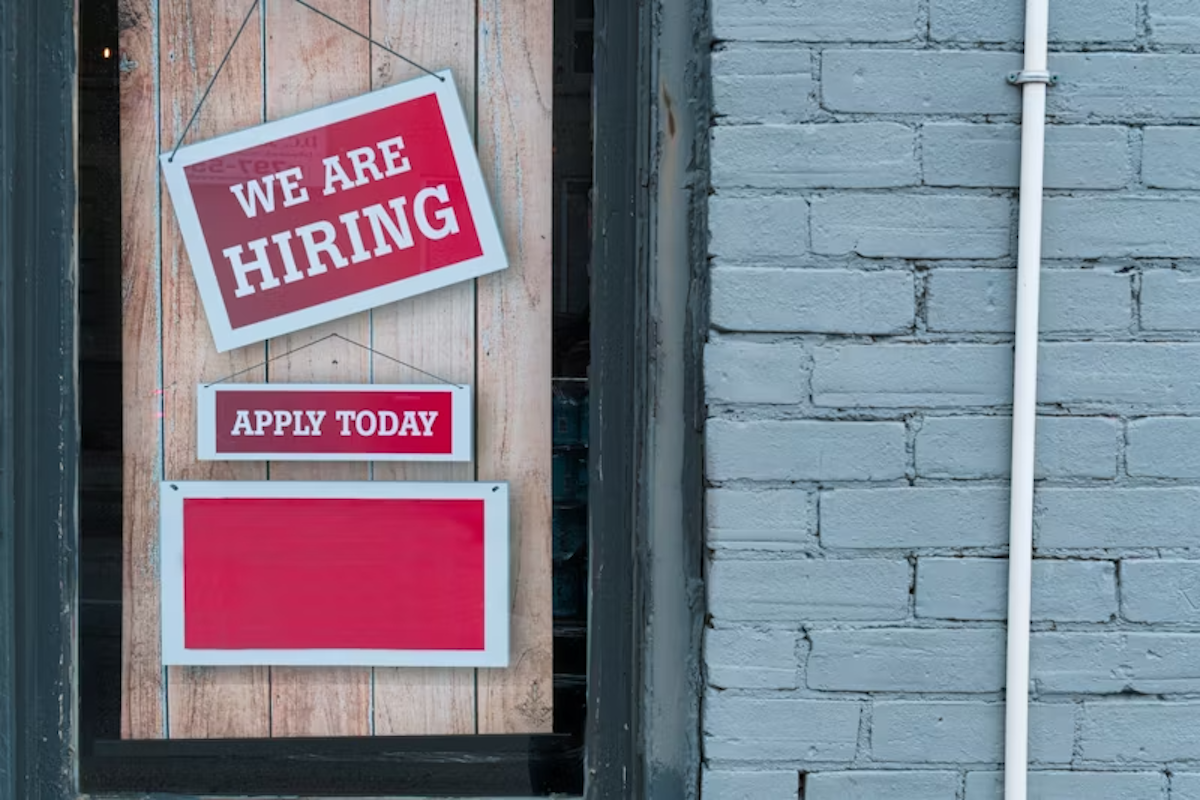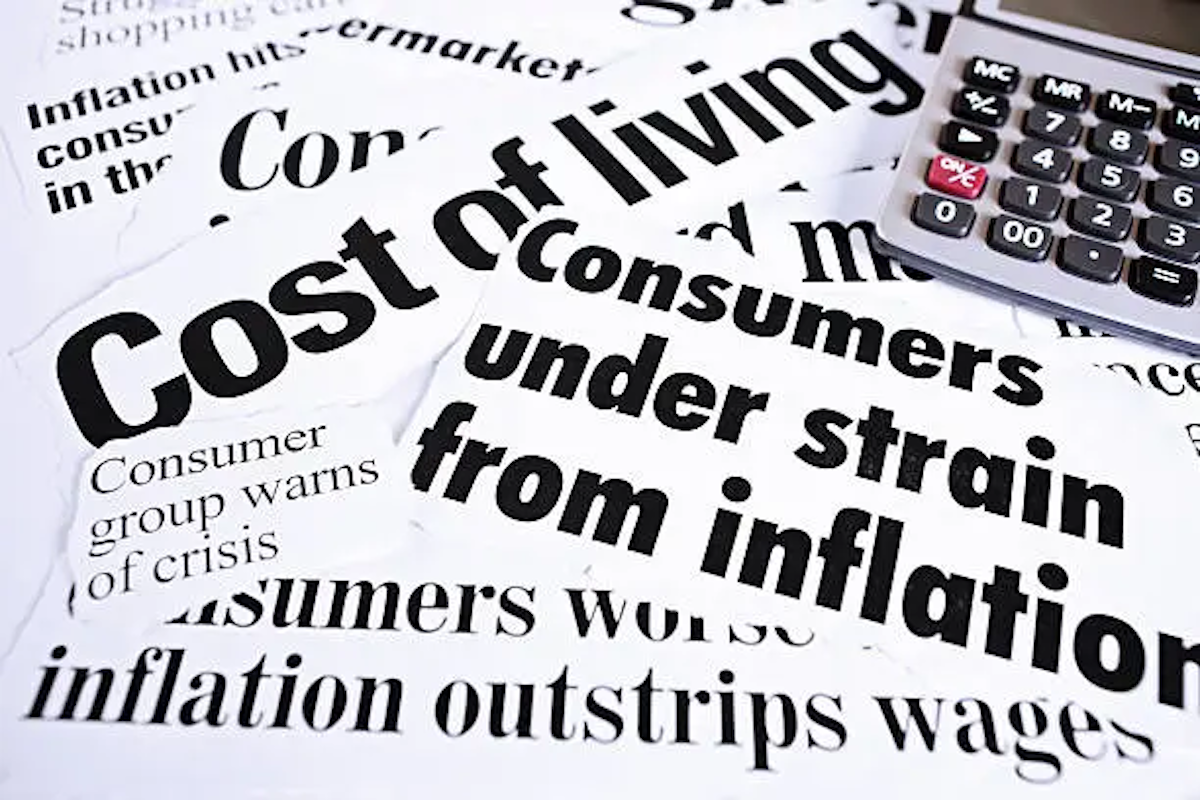The 2025 Restaurant Labor Shortage and How It Affects You
Staffing challenges in restaurants and c-stores aren't new—but as of 2025, they're shifting in ways that call for sharp thinking and adaptable...
Platform
Combining online ordering, loyalty, omnichannel messaging, AI insights, and payments in one platform. Paytronix delivers relevant, personal experiences, at scale, that help improve your entire digital marketing funnel by creating amazing frictionless experiences.
A Complete Customer Experience Platform
Online Ordering
Acquire new customers and capture valuable data with industry leading customization features.
Loyalty
Encourage more visits and higher spend with personalized promotions based on individual activity and preferences.
Catering
Grow your revenue, streamline operations, and expand your audience with a suite of catering tools.
CRM
Build great customer relationships with relevant personal omnichannel campaigns delivered at scale.
Artificial Intelligence
Leverage the most data from the most customer transactions to power 1:1 marketing campaigns and drive revenue.
Payments
Drive brand engagement by providing fast, frictionless guest payments.
Solutions
We use data, customer experience expertise, and technology to solve everyday restaurant and convenience store challenges.
Contactless Experiences
Accommodate your guests' changing preferences by providing safe, efficient service whether dining-in or taking out.
Customer Insights
Collect guest data and analyze behaviors to develop powerful targeted campaigns that produce amazing results.
Marketing Automation
Create and test campaigns across channels and segments to drive loyalty, incremental visits, and additional revenue.
Mobile Experiences
Provide convenient access to your brand, menus and loyalty program to drive retention with a branded or custom app.
Subscriptions
Create a frictionless, fun way to reward your most loyal customers for frequent visits and purchases while normalizing revenues.
Employee Dining
Attract and retain your employees with dollar value or percentage-based incentives and tiered benefits.
Order Experience Builder
Create powerful interactive, and appealing online menus that attract and acquire new customers simply and easily.
Loyalty Programs
High-impact customizable programs that increase spend, visit, and engagement with your brand.
Online Ordering
Maximize first-party digital sales with an exceptional guest experience.
Integrations
Launch your programs with more than 450 existing integrations.
Loyalty Programs
Deliver the same care you do in person with all your digital engagements.
Online Ordering
Drive more first-party orders and make it easy for your crew.
Loyalty Programs
Digital transformations start here - get to know your guests.
Online Ordering
Add a whole new sales channel to grow your business - digital ordering is in your future.
Integrations
We work with your environment - check it out.
Company
We are here to help clients build their businesses by delivering amazing experiences for their guests.
Meet The Team
Our exceptional customer engagement innovations are delivered by a team of extraordinary people.
News/Press
A collection of press and media about our innovations, customers, and people.
Events
A schedule of upcoming tradeshows, conferences, and events that we will participate in.
Careers
Support
Paytronix Login
Order & Delivery Login
Resources
Learn how to create great customer experiences with our free eBooks, webinars, articles, case studies, and customer interviews.
FlightPaths are structured Paytronix software onboarding journeys designed to simplify implementation and deliver maximum ROI.
See Our Product In Action
E-Books
Learn more about topics important to the restaurant and c-store customer experience.
Reports
See how your brand stacks up against industry benchmarks, analysis, and research.
Blog
Catch up with our team of in-house experts for quick articles to help your business.
Case Studies
Learn how brands have used the Paytronix platform to increase revenue and engage with guests.
Have you overlooked any of these 16 crucial steps for your catering business?
7 min read
Apr 10, 2025

Restaurants have had their fair share of ups and downs, and it’s no surprise that 2025 brings new challenges. Rising food costs, supply chain issues, labor shortages, and changing customer expectations threaten your restaurant's financial viability.
It's not all bad news, though. According to the National Restaurant Association (NRA), the food service industry will hit $1.5 trillion in sales this year. The demand for quality dining experiences is on the rise.
To overcome the challenges in your industry and capitalize on consumer sentiment, you need to take a serious look at your restaurant profit margin. In this article, we'll show you how.
Restaurant profit margin is the net income a restaurant earns after expenses, expressed as a percentage of sales. Let's say your restaurant made $1 million in gross revenue and had $900,000 in expenses. Your profit would be $100,000. And your profit margin would be 10% (100,000 / 1 million) x 100 = 10).
Here's the equation you can use to figure out your own profit margin:
[(Revenue - Expenses) / Revenue]
Not a math whiz? There are many free restaurant profit margin calculators online.
It's important to remember that as a restaurant brand, you drive profit in multiple ways. You sell food and drinks, possibly rent out your location for events, sell branded merchandise, franchise your company, and so on.
It's equally important to remember that your restaurant's expenses aren't entirely fixed. Inflation impacts the cost of goods, utilities, and labor. It can shift consumer spending habits, too.
To stay competitive in 2025, you need to develop an effective pricing strategy, minimize expenses, and optimize operations for efficiency. Don't worry, we're here to help!
According to New York University (NYU), the average restaurant profit margin in 2024 was 10.62%. But honestly, that insight doesn’t make a difference right away. We need to dig deeper into the four primary segments:
As you can see—and likely already knew—profit margins in the restaurant industry are slim. All the more reason to optimize pricing, cut costs, and boost efficiency.
We covered the average restaurant profit margins. Now let's talk about good restaurant profit margins. What should your establishment aim for, in terms of profitability?
First, understand that different business models have different goals. A quick service franchise, for example, shouldn't expect to hit the same profit margins as a ghost kitchen.
Second, "good" is a subjective term. Some restauranteurs are passionate about the food they make. As such, their goal is to simply "keep the lights on" so they can continue doing what they love. Other restauranteurs are all about the profits and want high margins, no matter what.
A good profit margin for a restaurant is at or above industry norms. So, if you're in the fine dining space, you should aim for at least 13% margins. This is slightly higher than average, but still well within the realm of possibilities for most establishments.
One of the best ways to increase the average margin on restaurant food is to minimize expenses. The good news is there are plenty of ways to do this. Here are three popular ones:
To improve your restaurant's average profit margins, look to minimize food costs. You can do this in two ways: reducing food waste and negotiating better deals on inventory.
To minimize food waste, train your staff so they don't ruin food before it reaches customers. Also, invest in AI-powered technology for better demand forecasting. That way your restaurant doesn't over-order. Eliminating spoilage is key to your restaurant's financial health.
To negotiate better deals on inventory, build strong relationships with your suppliers. But don't be afraid to work with a new company if they offer a significantly better price. As your restaurant grows, you ought to negotiate bulk discounts, too.
Full-service restaurants deal with sky-high labor costs. If you can lower labor costs without impacting the guest experience in a negative way, you'll improve your gross and net profit margins. The question is, how do you do it? Try these tactics:
Look to lower overhead costs, like rent, utilities, and digital marketing. Talk to your landlord. Can you negotiate a lower rent payment by signing a longer lease? If you're not comfortable with that arrangement, perhaps you can sublet a portion of the building.
Also, consider investing in energy-efficient restaurant equipment. Doing so will help you save on utilities. If the equipment is well-made, you will save on maintenance costs, too.
And what about marketing? Audit your current efforts to see what drives results. For example, you might find that Facebook Ads do really well but have no evidence that the billboard you pay for boosts sales. In a case like this, consider cutting the billboard strategy and investing more into Facebook.
Every restaurant has operating expenses. Minimizing yours will improve gross profit margins.
As a successful restaurant owner, you’re already obsessing over maximizing revenue. What can you do to secure loyal customers, make more sales, and ensure healthy profit margins? Here are three ways:
The ideal food cost percentage for a restaurant is 28-35%. To find this metric, simply divide the amount of money your establishment spends on food by the amount of money that food generates in revenue. Then multiply the figure by 100.
For example, if you spend $30k on food inventory and make $100,000 in food sales, your food cost percentage would be 30%.
The equation looks like this: [(30,000 / 100,000) x 100 = 30]
To make sure your restaurant has a healthy food cost percentage, optimize your menu pricing strategy. You can do this by adjusting prices to account for inflation. Or, you can train your staff to offer upsells effectively. Another idea is to prioritize high-margin menu items like alcohol. (More on this below.)
Also calculate your cost of sales percentage at least once per year. This number shows you the total expense from buying materials needed for your daily operations, which is useful for uncovering potentially overlooked patterns and financial insights.
The key is balancing menu prices with customer expectations. If done correctly, this will enable you to achieve the highest profit margins possible without offending your guests.
One of the best ways to improve bar and restaurant profit margins is to sell more alcohol. Why? Because alcoholic drinks, including well drinks, are incredibly profitable. We're talking about 70-80% margins.
Keep in mind, this strategy might not work for quick service restaurants. If you're in the fast-food game in the United States, be very careful before attempting to sell alcohol.
Expand your inventory of alcoholic beverages. Then ask your waitstaff to recommend these drinks when they interact with customers. You can also try hosting premium experiences and themed events inside your restaurant. These get-togethers tend to provoke social drinking.
If you own a coffee shop or casual dining establishment, you probably already have a customer loyalty program. But it's an underused strategy by sit-down and fine dining restaurants. That's a shame because 90% of fine dining guests say they'd sign up for a next-gen oyalty program if it was available.
What should your loyalty program look like? Take inspiration from others. For example, every dollar spent in Papa Murphy's loyalty program helps participants earn free pizza in the future.
At Chipotle, loyalty members earn 10 points for every dollar spent. Points then lead to free food, which is pretty typical. But Chipotle upped the ante by offering "special challenges." Once completed, these challenges allow participants to earn more points (and food!) in less time.
Then there are high-end brands like Legal Sea Foods, which offered new loyalty members two of their famous lobster rolls for the price of one. That ends up being a $43 savings.
How much profit do you want your restaurant to make? A top-level loyalty program will help you get there by keeping patrons returning to your dining room.
Proper pricing will help you increase total sales and improve your restaurant business. But what should you charge for each menu item? How should you communicate price changes to customers?
And how can you adjust prices in specific scenarios to maximize profits? Here are a few ideas you can experiment with to answer the above questions:
You might still have questions about restaurant profit margins. Here are five popular ones:
A good profit margin for a restaurant is somewhere between 2% and 15%. This completely depends on the kind of restaurant and the goals of the specific restaurant owner.
The average restaurant owner makes $82,566 a year. But there are restaurant owners who make a lot more than this. In fact, some of them make millions of dollars.
Profit margins are low for restaurants because of competition, high labor costs, and general inefficiencies. People have a lot of dining options, so restaurants have to price their dishes competitively. Restaurants also have to pay many employees to cook food and offer exceptional dining experiences. Finally, restaurant inefficiencies lead to wasted food, which reduces profits.
Restaurants fail when operational expenses outpace revenue. This can happen for many reasons: the food or location is bad, too much competition, the owner doesn't understand basic business principles, a natural disaster strikes, customer preferences change, and many other reasons.
Burgers, pizza, and ice cream tend to have the highest profit margins. Other high-margin foods include soups, sandwiches, pasta dishes, and baked goods, like cake and cookies.
Running a profitable restaurant is difficult, but it's not impossible. While 2025 presents unique challenges for those in the food and beverage industry, many of them can be overcome with smart strategies that protect your profit margins.
The right technology is essential to success in this endeavor. Invest in tools that help you forecast demand and inventory, take orders and lower headcount, and more.
Speaking of technology, we have multiple solutions to help you improve profit margins with data-driven solutions. Request a demo to learn all about them!


Staffing challenges in restaurants and c-stores aren't new—but as of 2025, they're shifting in ways that call for sharp thinking and adaptable...

Having customers who are interested in your products and who continue to make purchases is one of the most rewarding parts of running your own store....

Inflation directly impacts how consumers spend, save, and make purchasing decisions. For restaurant and convenience store owners, this means adapting...